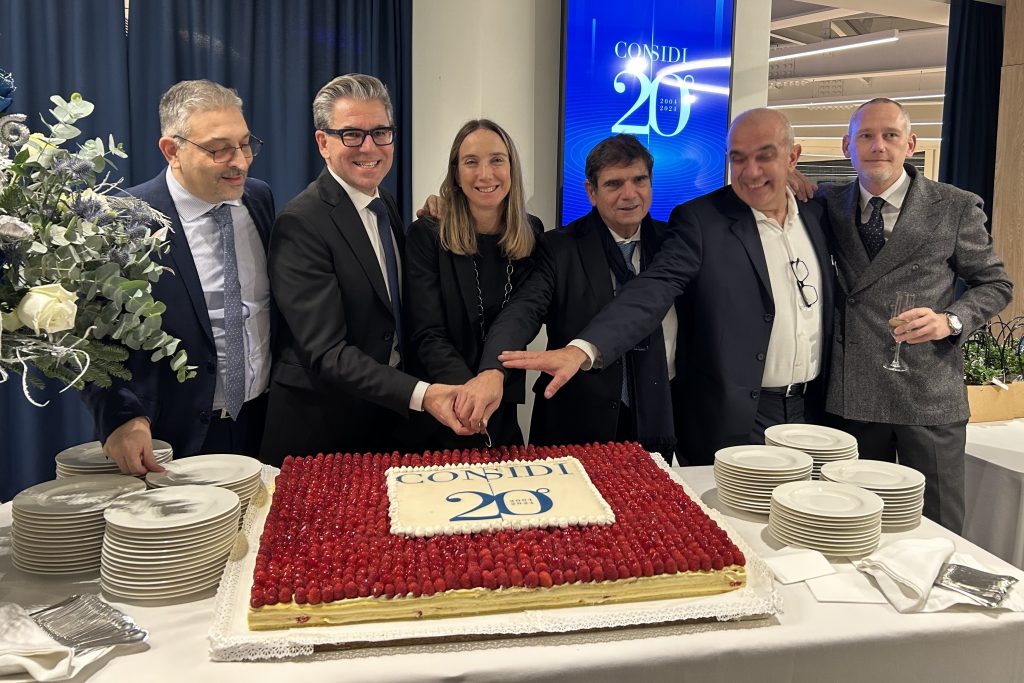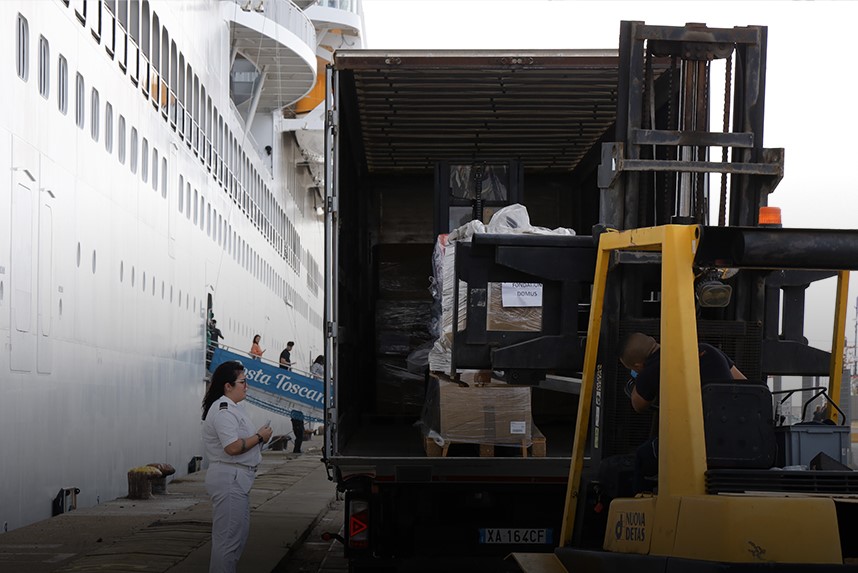
Actor-network analysis of change making in Finnish energy transitions. La bibliografia
Pubblichiamo di seguito la bibliografia completa dell’articolo “Actor-network analysis of change making in Finnish energy transitions” scritto da Petteri Repo, Kaisa Matschoss e Jani Lukkarinen, sul numero di Luglio-Agosto 2020 di Sviluppo&Organizzazione.
AFRY (2020), “Finnish energy. low carbon roadmap, final report”, available online: https://energia.fi/julkaisut/materiaalipankki/raportti_finnish_energy_-_low_carbon_roadmap.html#material-view (accessed June 10th 2020).
Baldwin R., Cave M. (1999), “Understanding regulation. Theory, strategy and practice”, Oxford University Press, Oxford.
Bastian M., Heymann S., Jacomy M. (2009), “Gephi: an open source software for exploring and manipulating networks”, International AAAI Conference on Weblogs and Social Media.
Callon M. (1986), The sociology of an actor-network: The case of the electric vehicle, in: Callon M., Rip A., Law J. (Eds.), Mapping the Dynamics of Science and Technology, Palgrave Macmillan, London, 19-34.
Caniëls M. C. J., Romijn H. A. (2008), “Actor networks in strategic niche management: insights from social network theory”, Futures, 40, 613-629.
Chesbrough H. W. (2003), “The era of open innovation”, MIT Sloan Review, 44 (3), 35-41.
Christensen C. M., Raynor M. E., McDonald R. (2015), “Disruptive innovation”, Harvard Business Review, 93 (12), 44-53.
Fligstein N., McAdam D. (2011), “Toward a general theory of strategic action fields”, Sociological theory, 29 (1), 1-26.
Frantzeskaki N., Loorbach D., Meadowcroft J. (2012), “Governing societal transitions to sustainability”, International Journal of Sustainable Development, 15 (1-2), 19-36.
Geels F. W., Deuten J. J. (2006), “Local and global dynamics in technological development: a socio-cognitive perspective on knowledge flows and lessons from reinforced concrete aggregation activities”, Science and Public Policy, 33, 265-275.
Geels F. W., Schwanen T., Sorrell S., Jenkins K., Sovacool B. K. (2018), “Reducing energy demand through low carbon innovation : a sociotechnical transitions perspective and thirteen research debates”, Energy Research and Social Science, 40, 23-35.
Hu Yifan F. (2005), “Efficient and high quality force-directed graph drawing”, The Mathematica Journal, 10, 37-71.
Hyysalo S., Lukkarinen J., Kivimaa P., Lovio R., Temmes A., Hildén M., Pantsar M. (2019), “Developing policy pathways for sustainability transitions: Redesigning Transition Arenas for Mid-Range Planning”, Sustainability, 11(3), 603.
Köhler J., Geels F.W., Kern F., Markard J., Wieczorek A., Alkemade F., Wells, P. (2019), “An agenda for sustainability transitions research: State of the art and future directions”, Environmental Innovation & Societal Transitions, 31, 1-32.
Latour B. (2005), “Reassembling the social: an introduction to actor-network-theory”, Oxford University Press, Oxford.
Law J., Hassard J. (1999) Actor network theory and after, Blackwell Publishing, Oxford.
Loorbach D. (2010), “Transition management for sustainable development: a prescriptive, complexity-based governance framework”, Governance, 23 (1), 161-183.
Manders T. N., Wieczorek A. J., Verbong G. P. J. (2018), Understanding smart mobility experiments in the Dutch automobility system: who is involved and what do they promise? Futures, 96, 90-103.
Markard J., Raven R., Truffer B. (2012), “Sustainability transitions: an emerging field of research and its prospects”, Research Policy, 41, 955-967.
Matschoss K., Repo P., Lukkarinen J. (2020), “Network analysis of energy transition arena experiments”, Environmental Innovation and Societal Transitions, 35, 103-115.
Rotmans J., Loorbach D. (2009), “Complexity and transition management”, Journal of Industrial Ecology, 13 (2), 184-196.
L’articolo integrale è pubblicato sul numero di Luglio-Agosto 2020 di Sviluppo&Organizzazione.
Per informazioni sull’acquisto di copie e abbonamenti scrivi a daniela.bobbiese@este.it (tel. 02.91434400)







